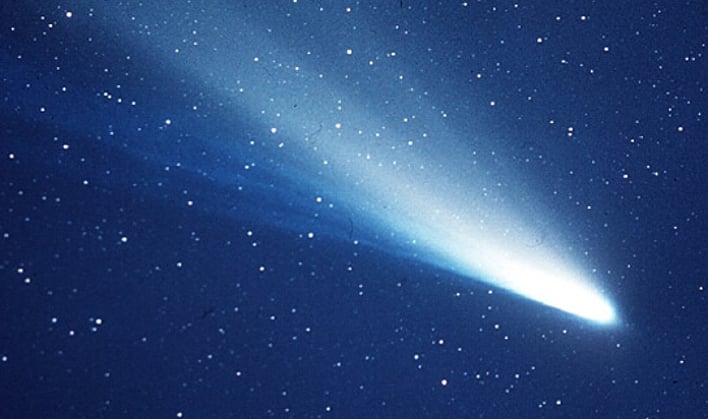Newly Discovered Comet Is About To Buzz Earth And You Can Watch Without Special Equipment
The first month of 2023 will be filled with bright stars. In the first few hours after dark, the bright constellations Orion the hunter, constellation Canis Major, Canis Minor, and others will be viewable. While taking advantage of the "star studded" night sky of January, be sure to also grab a pair of binoculars or telescope in order to catch a glimpse of newly discovered comet.
Comet C/2022 E3 (ZTF) is currently passing through the inner solar system and will be able to be seen with just a pair of binoculars or an amateur telescope. The comet will make its closest approach to the Sun on January 12, with its closest approach to Earth on February 2.
Since being discovered, the long-period comet has illuminated substantially. It was zooming across the northern constellation Corona Borealis in the predawn skies in late December of last year. It has a bright greenish coma, short broad dust trail, and a long faint ion tail stretching across a 2.5 degree wide-field-view.

Those in the Northern Hemisphere will be able to spot the comet in the morning sky as it travels quickly toward the northwest during January. It will not be visible in the Southern Hemisphere until early February. NASA says that it will not be as spectacular as Comet NEOWISE was in 2020, but says it is an excellent opportunity to "make a personal connection with an icy visitor from the distant outer solar system."
In an interview with Newsweek, Jessica Lee, an astronomer with the Royal Observatory Greenwich, stated that the comet may not make a return to Earth for another 50,000 years. She added, "Some predictions suggest that the orbit of this comet is so eccentric it's no longer in an orbit - so it's not going to return at all and will just keep going."
The fact that C/2022 E3 (ZTF) has a chance of never returning to Earth, catching this flyby could prove to be the only time in the history of man it was viewable in this manner.

